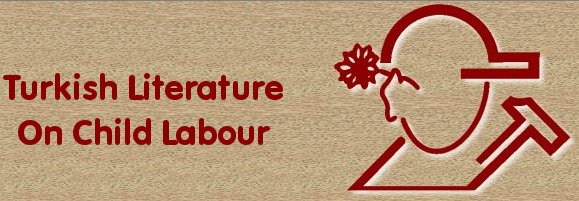Izmir Project Report for Orienting Working Children to Education
Title of the Study: Izmir Project Report for Orienting Working Children to Education
Type of the Study: Research – Evaluation Report (The work has been conducted within the scope of the ILO-IPEC Programme.)
Author of the Study: Ministry of Labor and Social Security Department of Labor Inspection Directorate
Presentation,,
Year/Place of Publication: 2005, Ankara
Language of the Study: Turkish
Number of Pages: 215
Purpose: This project aims to increase the cooperation between agencies, orienting children to education, elimination of worst forms of child labor in chosen sectors, improvement of working conditions and environments of workplaces, reducing family poverty and preventing children from entering the working life and increasing the public sensitivity.
Content: First part makes a determination as to the situation of children working in the world and in Turkey. Part two describes the ground, purposes and cooperation of the project. Part three presents the data obtained in the project aimed at orienting children working in İzmir to education. Part four discuss the activities realized within the frame of the project.
Method: This study covered 690 working children at and under the age of 18 working in İzmir in automotive sector in industrial zones no 1-6, Işıkkent shoemakers industrial zone and apparel textile zone.
Excerpt: Increasing public sensitivity, actions taken and results achieved must be shared with the public. Particularly the achievements and developments and positive change in children will attract more attention from the public and persons and organizations wishing to contribute these efforts will take action. p.193
Some keywords: apprenticeship, ILO-IPEC, public sensitivity, poverty
